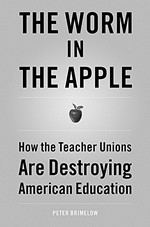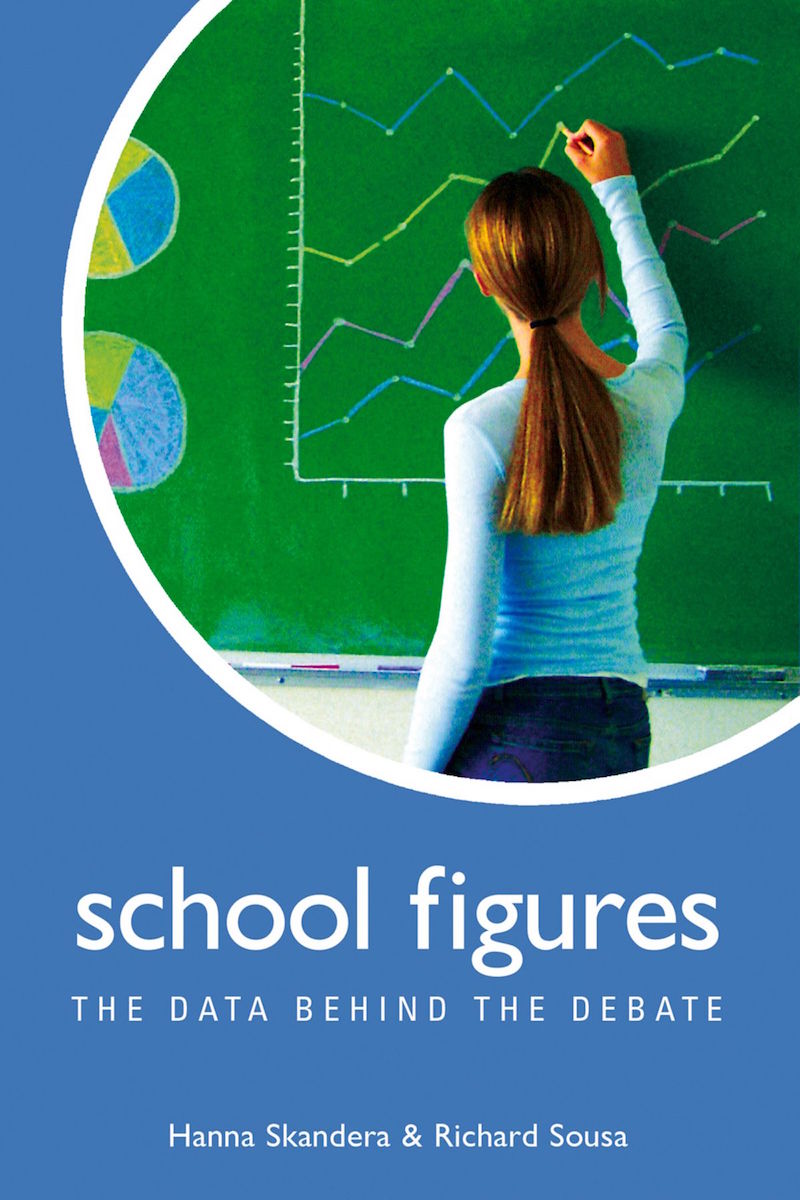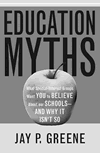
California Dreaming: Reforming Mathematics Education
by Suzanne M. Wilson
Yale University Press, 2003, $29.95; 320 pages.
Reviewed by Ralph A. Raimi
California’s “math wars,” the struggle over what is sometimes called the “new New Math,” illustrate all the ills and disagreements that have plagued American education for the past century. They have been but a chapter in the efforts by “progressive” educators to legislate equality of results in the schools via the dumbing down of the curriculum. In place of academic achievement, progressives offer self-esteem and racial harmony as the principal prizes, though there are others, especially for the bloated education establishment itself.
Unfortunately, Suzanne Wilson, a professor of teacher education at Michigan State University, addresses neither the politics nor the mathematics of the debate (if a “math war” can be called a debate) with enough insight to shed light on the broader trends in America’s schools. Nor will her book help to instruct the public or teachers of mathematics on the fundamental issues that were at stake in California. Her generous attempt at an even-handed, sympathetic account portrays the math wars as an unnecessary fight that can be ended by a return to civility, as if misunderstanding among decent and disinterested parties were the problem.
California has been unique among the states in having a strong legal structure allowing it to require essentially all its public schools to teach mathematics according to “Standards” periodically published by the State Board of Education. Similar constraints are gradually becoming law in other states, but during the period from 1980 to 2000 California was the only real example. This constraint is applied through state-supplied textbook money for grades K through 8. The details are intricate and the stakes are very high, both for the theorists, who want their view of education to prevail over the whole state, and for the publishers, who must satisfy the state’s requirements in order to win entrance to the enormous textbook market.
During the years following the ill-fated “New Math” initiatives of the 1960s, there was no visible national mathematics curriculum; but in 1980 the National Council of Teachers of Mathematics (NCTM) published the manifesto An Agenda for Action, followed by a 1989 document generally referred to as “The NCTM Standards.” Taken together, these two documents provided firm support for the progressive view of what to call mathematics and how to teach it.
The NCTM’s progressivism called for teachers not to teach explicitly, but to elicit students’ response to problems, generally “real life” problems. Teachers should be nurturing, not judgmental; no child should be elevated above the others; testing itself is suspect as punishing the losers. Even a too-detailed announcement of required academic content is seen by NCTM, as its own 1989 standards attested, as an implied attack on the deprived and downtrodden.
In 1985 and 1992, California adopted “Frameworks” that embodied the NCTM Standards, thereby establishing progressivism in the state’s textbooks and examinations. A few years’ experience with these programs generated a vigorous public reaction, mainly from middle-class parents anxious about the intellectual vacuity of the new programs and the implications for the future of their children. As a result, in 1997 a new State Board of Education called a halt to the movement and approved a set of more rigorous state standards, standards that could not be satisfied by the progressivist textbooks that had won the education establishment’s endorsement.
The education authorities were not unresponsive. The California superintendent of education and even the National Science Foundation official in charge of financing the new math initiatives of the 1990s launched a campaign mischaracterizing the new California standards as a return to rote memorization and other evils of “traditional” mathematics teaching, as if pedagogical style were the issue. In fact, pedagogy itself was not addressed at all in the new California standards. More to the point, though not mentioned explicitly, was that the new standards would make it impossible for those content-impaired, NCTM-approved math programs to be continued in California.
The State Board of Education’s most infuriating ploy in this game of hardball politics was surely the hurried and unexpected commissioning of a last-minute rewrite of an establishment-sponsored standards draft. Even though the revision was written by four distinguished Stanford mathematicians, the educators’ propaganda machine persuaded much of the mathematics education community that the new state standards were purveying mindless rituals as mathematics, to the destruction of students’ “higher order thinking skills.”
Those already familiar with the politics surrounding the controversial 1997 adoption of the new California mathematics standards can doubtless tease such details out of Wilson’s rather bland account, for she duly notes the various commissions, frameworks, surveys, and reports as they succeeded one other during the stormy period from 1980 to 2000. But it is all set in deliberately neutral terms, implying that this debate is always an honest one, which it is not.
Wilson’s account fails to describe the enormous budget of deception, charlatanry, careerism, ill will, and ignorance that underlies so much of the politics in question. Had she been able to find and deliver to her readers the full stories of Janet Nicholas, the key member of the 1997 Board of Education; Williamson Evers, an anti-progressivist political scientist at the Hoover Institution and one of the pioneering voices against the California dreams of the 1990s; and Luther Williams, the head of the National Science Foundation division that was responsible for the sillier math programs of the 1990s, she could have amplified her story immeasurably beyond her diary of their public pronouncements. The unpublicized infighting of such people has had as much practical consequence at the schoolroom level as all the theoretical apparatus of the schools of education.
All told, California Dreaming gave me the feeling of reading a history of the Protestant Reformation that did not mention the genuine death-dealing armies in the fields of central Europe, as if the battalions were engaged in a learned dispute concerning interpretation of the Gospels. For the reader who wishes to understand the fundamentals of today’s math wars and the baneful progressivist influence on American schools in general, a history such as Wilson’s, though an excellent straightforward chronology, is both too much and too little. As a healthful supplement I should like to recommend an earlier, polemical view of the major problem that confronts us in education: Albert Lynd’s Quackery in the Public Schools, a neglected 1953 book whose title is not yet out of date.
–Ralph A. Raimi is a professor emeritus of mathematics at the University of Rochester.





